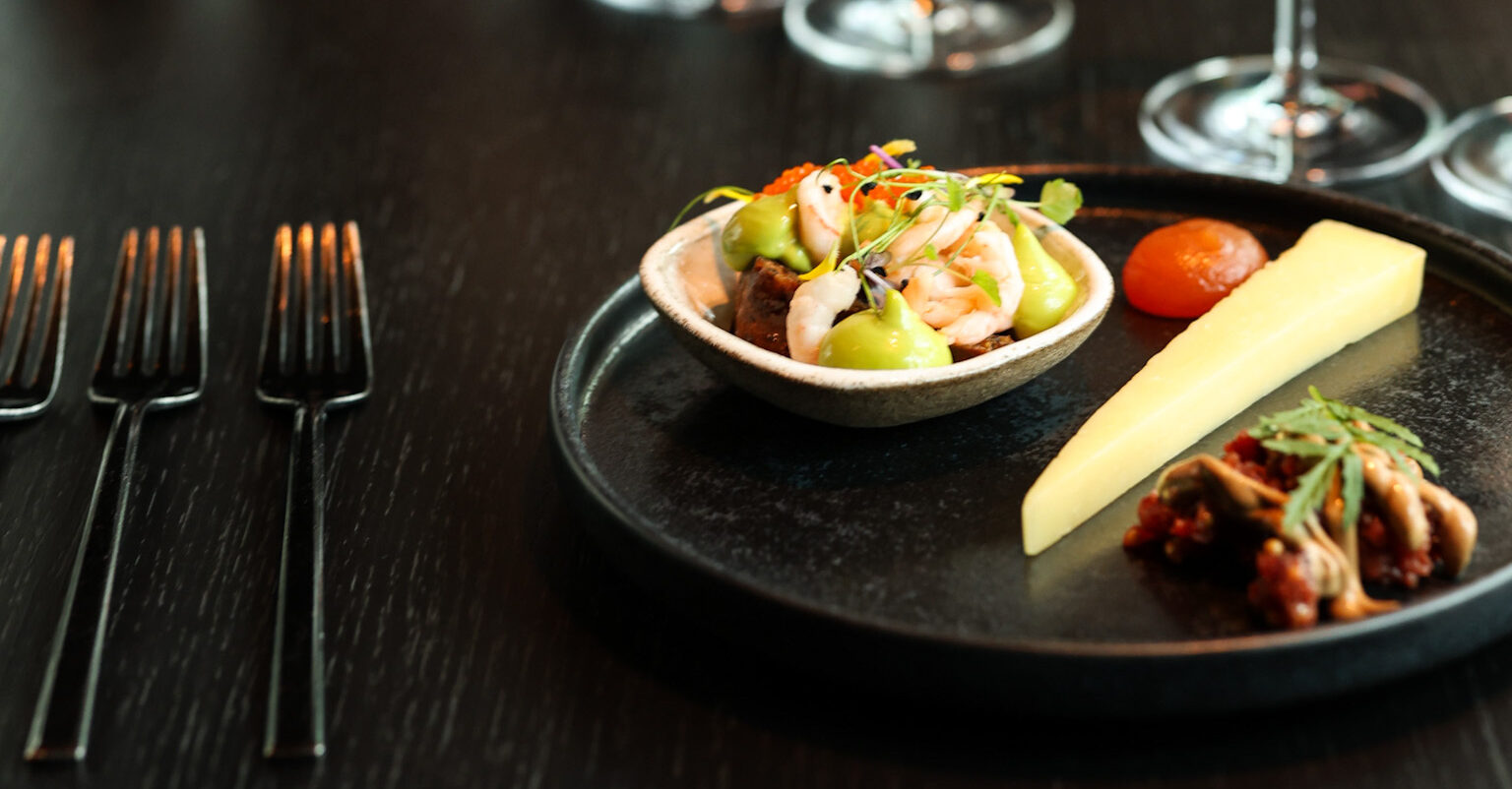Wooden Pickle Brewing: I have sensitive tripels
Before going into my latest brew, a Belgian tripel, I’m going to make my targets for 2019 official.
- Learn how to brew imperial stouts
- Learn how to brew lagers
- Learn how to brew tripels
- Keep it simple
Imperial Stouts
A few months ago I brewed my first imperial stout. Unfortunately, it has the same unpleasant harsh/burned character as all my previous stouts. I still have no clue why. Mash PH was 5.4, right where it should be for his kind of stout. FG ended up at 1.042, so it can’t be from lack of body. I did scorch my mash kettle severely this brew day though. It was my first ever try at recirculating the mash, and long story short, the mash got stuck, and my kettle ended up looking like this:

Is that the reason for the burned flavor on this beer? Perhaps, so I will do my best not to fuck anything up when I brew the Pime Öö recipe tomorrow. Took me over a month to get that kettle clean by the way. Martat, your tricks don’t work, FU!
Lagers
Last spring, I brewed my first two lagers with mediocre success. This time I won’t cut any corners when it comes to temperatures, yeast pitching rates, or anything else for that matter. I now have a dedicated fermentation fridge that fits my conical, and a recently acquired stir plate for my starters.
Keeping it simple
Part of the fun with homebrewing is having the freedom to experiment. What’s the worst that can happen? You end up dumping a batch. Another part of the fun with homebrewing is drinking your own homebrew when you are happy with the end result. I find myself too often nowadays with 5 gallons of beer that’s too good to dump, but would have been better without that weird ingredient.
Let’s see a year from now how I succeeded.
My 1st Tripel
I was this 
 close to already forgetting the keep it simple rule. The recipe I had settled on had only one hop addition, Saaz at 60 minutes. A traditional hop for the style. While looking for the Saaz though, I stumbled upon a bag of Belma. I’ve heard that Belma works well in saisons, so why wouldn’t it work in a tripel? I came as close as to even re-doing the hop calculations, before I went back looking for the Saaz.
close to already forgetting the keep it simple rule. The recipe I had settled on had only one hop addition, Saaz at 60 minutes. A traditional hop for the style. While looking for the Saaz though, I stumbled upon a bag of Belma. I’ve heard that Belma works well in saisons, so why wouldn’t it work in a tripel? I came as close as to even re-doing the hop calculations, before I went back looking for the Saaz.
The recipe was quite basic:
- 6 kg Pilsner malt
- 250 g Munich malt
- 500 g table sugar
- 100 g Saaz at 60 minutes (3% AA)
- WLP500 yeast
- OG 1.078
- FG 1.011
- ABV 8.8%
- IBU 33
Tripels should be dry, so to get highly fermentable wort, I mashed for 60 minutes at 63—°C— and another 30 minutes at 67—°C. The yeast I used was harvested 2 weeks before brew day. I did not make a starter but there was enough yeast for sure, perhaps equal to 3 packs. I did not have access to pure oxygen this time, but I tried a new trick; I plugged my aquarium pump into a timer and set it to pump air for 15 minutes every hour for the first 6 hours, through a diffusion stone of course.
I decided to go for fermentation character in this one. I cooled the wort down to 19—°C before pitching the yeast, but after that I let it free rise at room temp (22—°C). Once fermentation got going the temperature got up to 24—°C and stayed there for two or so days by its own, and once fermentation started to slow down I added a heat source (a shoe dryer, yes a shoe dryer) to keep the temp at 24—°C for another 5 days.
Bottling and tasting notes
Even though bottling sucks, I decided to bottle condition this batch. Partly because it feels appropriate for this style of beer, but also because it frees up keg space, meaning I can brew more. The only bottling equipment I have is a Blichmann beer gun, so my method of bottling when bottle conditioning is exactly the same as my method of bottling carbonated beer from a keg. Although the yeast probably scavenges most of the available oxygen when bottle conditioning, flushing the bottles with CO2 prior to filling them can’t hurt, right?

I usually keep the bottles at room temperature for about two weeks before moving them to a fridge. Before chilling them I of course check that they are fully carbonated. Waiting is the hardest part of brewing so usually I end up doing the carbonation check and first taste already after a week or so, as I did with this batch also.
I had just come out of the sauna on a Friday evening. Sun was shining. Birds were singing. Beer was cold. Life made sense. I had waited the whole day to pop that first bottle. But then, no pop! Wait, what? No pop? But I love the pop!
The beer was completely flat! And sweet, meaning that the yeast had failed on me. My initial thought was that the bottling sugar may not have been properly mixed in, which could lead to some bottles being flat and others over-carbonated. In that case however, the flat bottles would still be relatively dry since this batch attenuated well. Just to be sure I wouldn’t get bottle bombs I opened a couple more to check the carbonation levels, and they were all more or less flat at well. Contrary to the bottle I chilled down three days earlier though, there was now a little fizz when opening, which is a good sign.
Plan A is letting the bottles sit at room temperature, hoping that time will fix the issue. If nothing happens within three weeks I move to plan B, adding fresh yeast. I swear, this has never happened to me before! Apparently this is a sensitive yeast strain.









